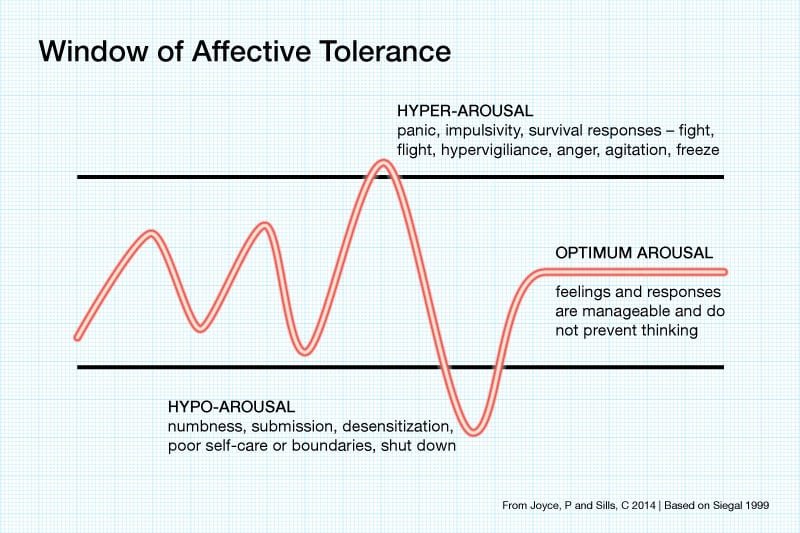In my last post, I shared one of my series of videos on emotions -'Dealing with overwhelming emotions'. However, before we can really get anywhere with managing and processing emotions, we need to first be able to identify them.
And this isn't an easy task if we have spent most of our life avoiding, suppressing or numbing our emotions. Initially, it can be really difficult just staying with our feelings long enough to name them.
On top of this, the way our brains have developed can make it biologically quite difficult to identify our feelings. This is often one of the main reasons a lot of self help books or therapies don't produce optimal results.
We first have to create the capacity for change in our brains.
Check out the video below to find out more about this and also learn a 6 step process for identifying your emotions and feelings.
Click here to get a copy of the emotions and feelings list mentioned in the video.
If you found this video interesting, or you struggle to manage your emotions, why not have a look through our schema pages or join our free face book group. Breaking the Patterns from the Past.
Our new online programme designed to help you heal the patterns from the past launches on Monday 14th May so if this is something that you might be interested in click here for more details
I'd love to hear your thoughts on the information in the video, so please feel free to leave a comment below.


